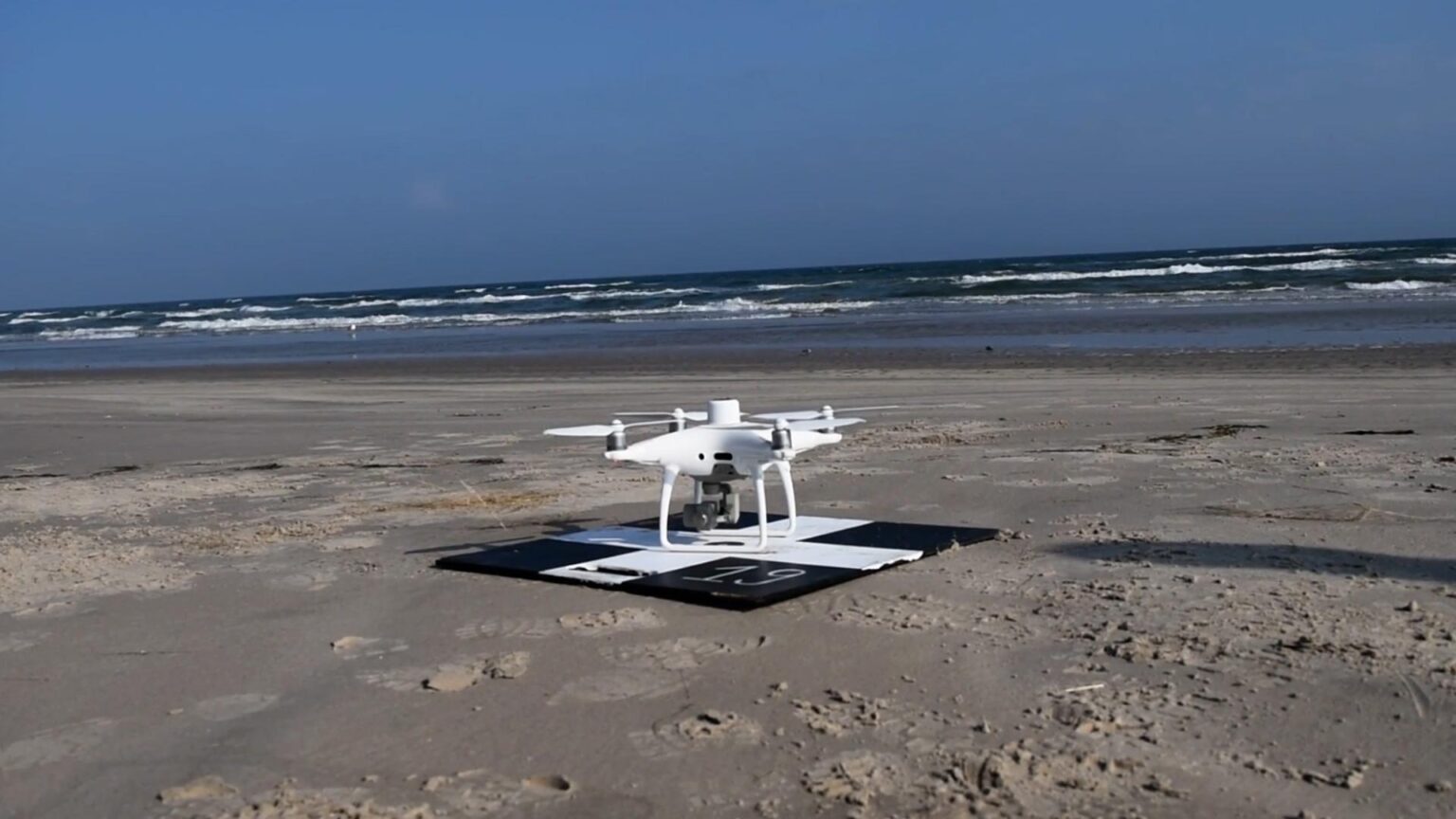In a world where technology continues to advance at a rapid pace, the united States Marine Corps is exploring new ways to streamline their operations adn enhance their resupply capabilities. One innovative solution on the horizon is the use of cargo drones – unmanned aerial vehicles that can transport supplies to remote or perilous locations without putting human lives at risk. As the Marine Corps considers how cargo drones could reshape their resupply process, the possibilities for improved efficiency and effectiveness are endless.
Revolutionizing Marine Corps Resupply Operations with Cargo Drones
The use of cargo drones in Marine Corps resupply operations has the potential to completely transform the way supplies are delivered to troops on the ground. These innovative unmanned aerial vehicles (UAVs) are capable of carrying heavy loads over long distances, quickly and efficiently. By incorporating cargo drones into their resupply operations,the Marine Corps can ensure that troops receive the supplies they need in a timely manner,even in remote or dangerous locations.
With cargo drones, the Marine Corps can improve resupply responsiveness, reduce reliance on conventional supply chains, and enhance operational adaptability. These UAVs can navigate challenging terrain and deliver supplies to troops in hard-to-reach areas, all while reducing the risk to human personnel. By embracing this cutting-edge technology, the Marine Corps can revolutionize their resupply operations and better support their troops on the ground.
Efficiency and Speed: The benefits of Using Drone Technology
By leveraging the use of cargo drones, the Marine Corps could revolutionize their resupply operations, bringing about increased efficiency and speed. drone technology has the potential to drastically reduce the time and resources required for traditional resupply missions, making it a game-changer in the field of logistics.
Drones offer several benefits that can reshape the way the Marine Corps conducts resupply missions:
- Fast Delivery: Drones can quickly deliver supplies to remote or hard-to-reach locations, minimizing downtime and ensuring troops receive essential items promptly.
- Cost-Effective: Using drones for resupply missions can lower overall costs by reducing the need for expensive transportation methods and manpower.
- Reduces Risks: By reducing the need for ground convoys, drones can help minimize the risks associated with transporting supplies in hostile environments.
Challenges and Considerations for Implementing Cargo Drones
One of the major challenges when it comes to implementing cargo drones for Marine Corps resupply is the issue of payload capacity. Current cargo drone models have limited carrying capacity,which may not be sufficient for transporting large quantities of supplies needed by troops in the field. This limitation may require multiple trips, increasing the risk of detection by the enemy and putting the drones at higher risk of being targeted.
Another consideration is the issue of flight range and battery life. Cargo drones need to be able to cover long distances to reach remote locations where Marines are stationed. Ensuring that drones have sufficient range and battery life to make these journeys safely and efficiently is crucial for successful implementation. Additionally,factors such as inclement weather and potential interference from enemy forces could impact the reliability and safety of cargo drone operations.
Recommendations for Integrating Cargo Drones into Marine Corps Logistics Operations
One innovative approach to revolutionizing Marine Corps logistics operations is the integration of cargo drones. These unmanned aerial vehicles have the potential to transform the resupply process by providing a faster, more efficient means of delivering crucial supplies to troops in remote locations. By incorporating cargo drones into logistics operations,the Marine corps can greatly enhance its ability to support troops on the ground.
Some key recommendations for successfully integrating cargo drones into Marine Corps logistics operations include:
- Training and Education: Ensure that Marines are properly trained in operating and maintaining cargo drones to maximize efficiency and effectiveness.
- Infrastructure Progress: Invest in the necessary infrastructure,such as landing pads and charging stations,to support the use of cargo drones in resupply missions.
- Regulatory Compliance: Adhere to all regulations and guidelines for the safe and lawful operation of cargo drones in military logistics operations.
Wrapping Up
As the technology of cargo drones continues to advance, the possibilities for reshaping Marine Corps resupply are endless. From delivering supplies to remote and dangerous locations to increasing operational efficiency, these aerial vehicles have the potential to revolutionize the way the Corps conducts its missions. Whether it be in disaster relief efforts or combat operations, the use of cargo drones is sure to play a vital role in the future of Marine Corps logistics. The possibilities are just beginning to unfold, and it will be exciting to see how these innovative tools continue to reshape the way the Marine Corps operates in the years to come.
